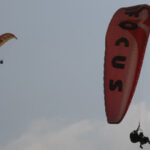Often simply regarded as the gateway to the rest of Peru, this massive city does have a few quirky charms of its own that are well worth exploring. Most people will begin their holiday in Peru by arriving into Lima and may well be put off by its ability to appear covered in smog and fog (in winter) and its very sprawling, occasionally impoverished architecture.
However, in recent years the capital has made large efforts to improve its image and has certainly benefitted from becoming one of South America’s most important financial centres. Below we’ve outlined five of the most interesting things to do in Lima.
Barranco
This bourgeoning district in Lima is located near the beaches of La Pampilla and Las Cascadas and is one of the most bohemian in the entire city. Once the domain of the wealthy, who liked to spend their summers out of the city, Barranco was swallowed up in the 20th century and the rich went elsewhere. As with many of these types of places, an artistic crowd moved in and gentrified the place – adding galleries, cafes and bars. Today it has a much more laid back atmosphere than the rest of the city, while maintaining a vibrant atmosphere. In summer the beach is a popular place to hang out and it is certainly one of the few districts where it feels safe to walk the streets at night, which is actually one of the more interesting things to do in Barranco.
The old centre
While the population of Lima is dominated by indigenous Peruvians who moved to the city from the country’s rural interior in the 20th century, the city itself was built for and by Spanish colonialists. Much of the centre of Lima’s architecture bears witness to this heritage despite a massive earthquake in 1940 that destroyed many of the antique buildings, which could not withstand the 8.2 magnitude tremors. The cathedral has been rebuilt and stands along with many other fine buildings, particularly in the Plaza de Armas. Other towns and cities in Peru boast some splendid examples of colonial architecture but it is certainly worth checking out to get an insight into the huge wealth and resource that fuelled the colonial era in Peru.
The nightlife
Lima, as a rather large city, has a particularly vibrant nightlife. Tourists can often get sucked into attending an evening of folkloric music and dancing, which can be a good started as they will certainly be safe and you will be well catered for. For the more adventurous it can be worth taxi-hopping between areas and bars. Miraflores doesn’t have a huge amount going for it but there are a few tourist friendly places to start the night, and with a bit of Dutch courage, it’s worth heading into Barranco to experience a Peña, where you will get a more genuine feel for traditional dance and entertainment. There are several nightclubs that do not start until late and some people will be pleasantly surprised to find that Limeños (people from Lima) like to dress smartly when they go out and also take their partying seriously.
Surfing
Being situated on the Pacific coast means that Lima has a number of beaches and some of the surf breaks are little known, uncrowded gems. The surf community in Peru is small and by all accounts very accommodating to outsiders, as they like to show off the quality of their waves. The city beaches themselves can seem a little grey and the water temperature is often quite cool, so a wetsuit is needed but this should not put off anyone who is after a good ride. The northern beaches in the city are the most popular and well known, so make for a good starting place. The point breaks off Herradura, Punta Rocas and Cerro Azul are well known and have hosted international competitions in the past.
Pisco sour
Any trip to Peru would not be complete without sampling this drink. The origins of the Pisco Sour are disputed, both Peru and Chile claim it for themselves. Essentially the beverage is a sour style cocktail based on Peru’s national tipple; pisco – a grape based brandy. Other ingredients include lime juice, egg whites, simple syrup and bitters – it’s not to everyone’s taste but you will certainly be offered it in almost every restaurant in Peru.
About the author
Ed is an aspiring travel writer with interests all over the world including Peru, Argentina, Brazil and much of Europe.

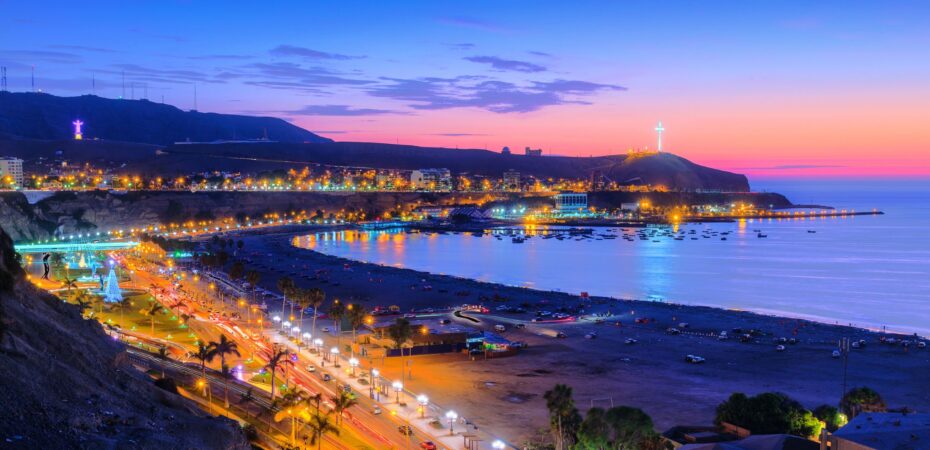
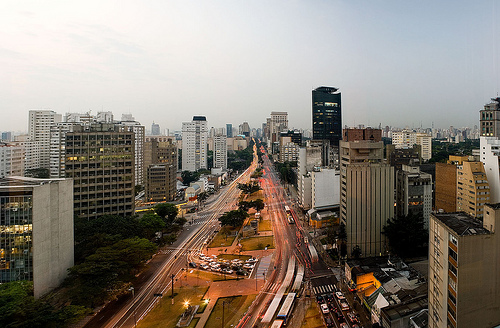
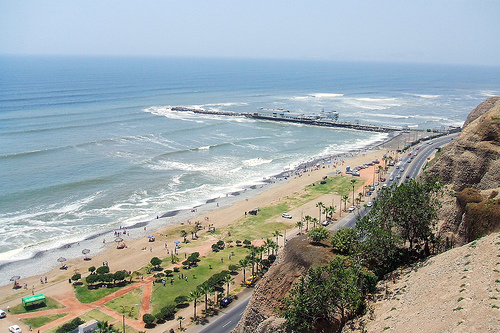
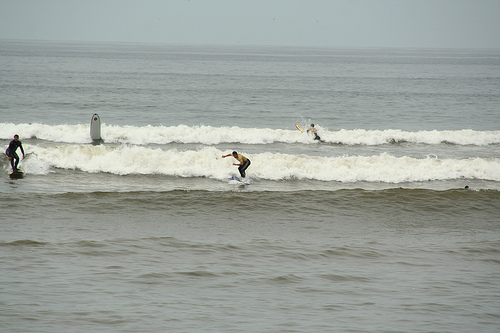
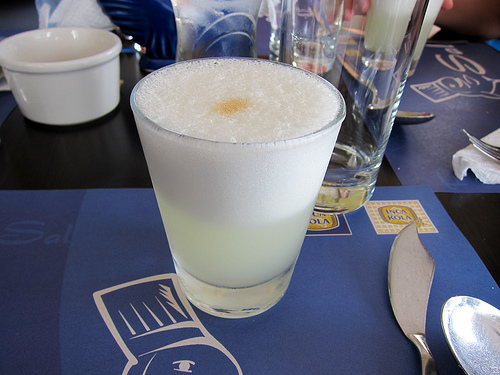
 By
By 